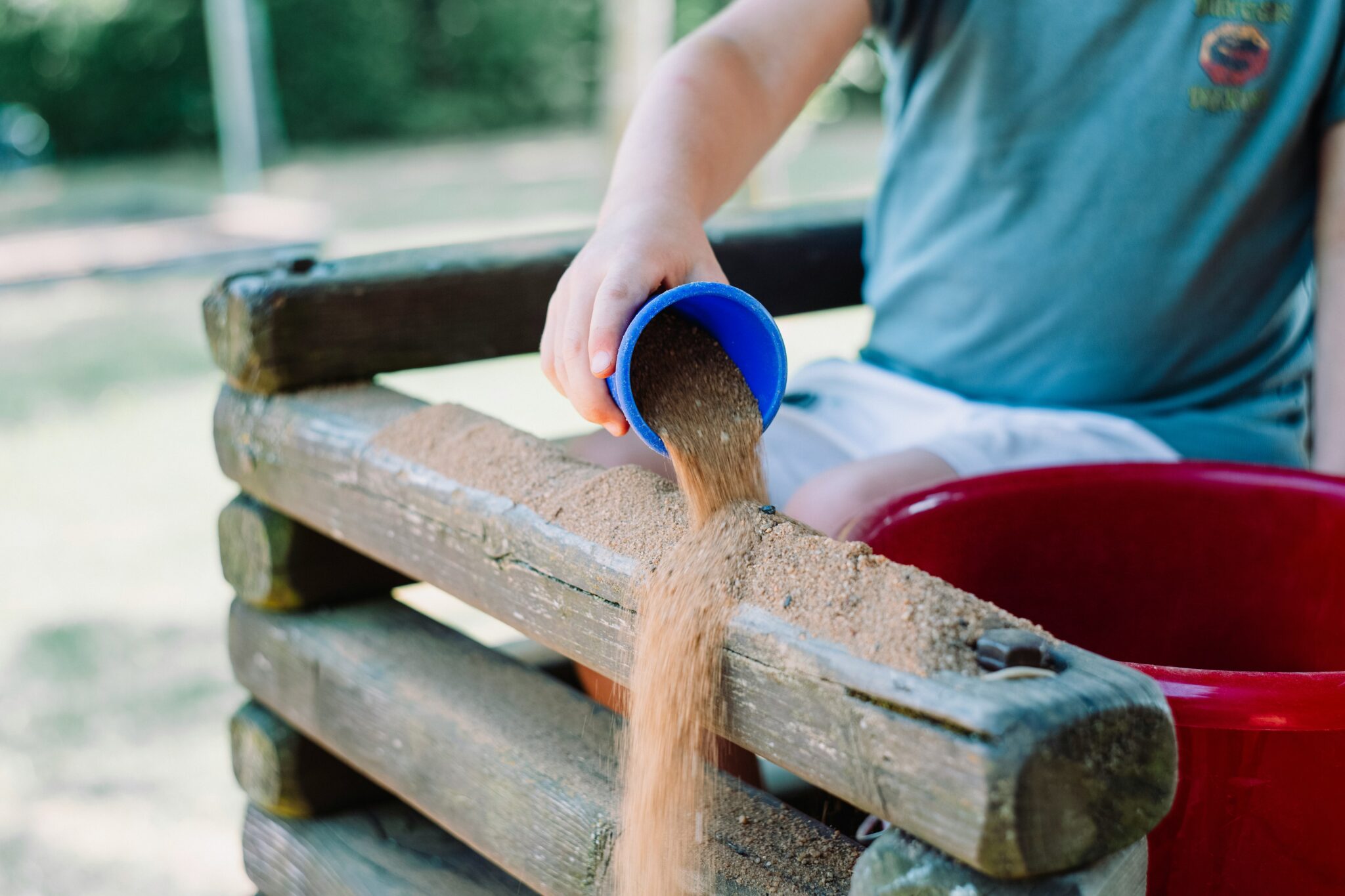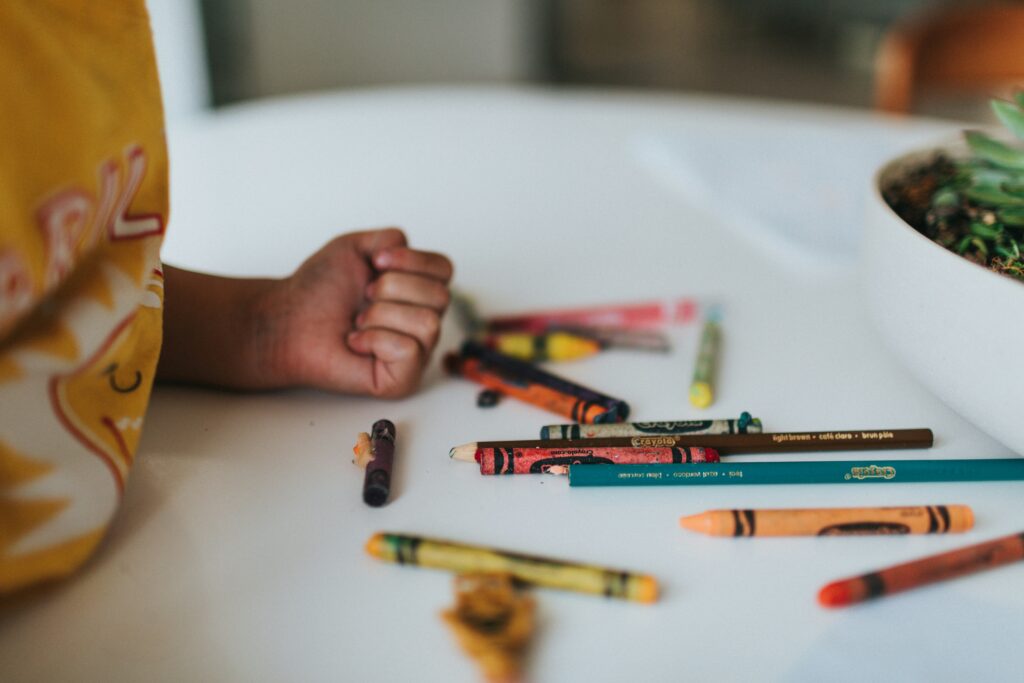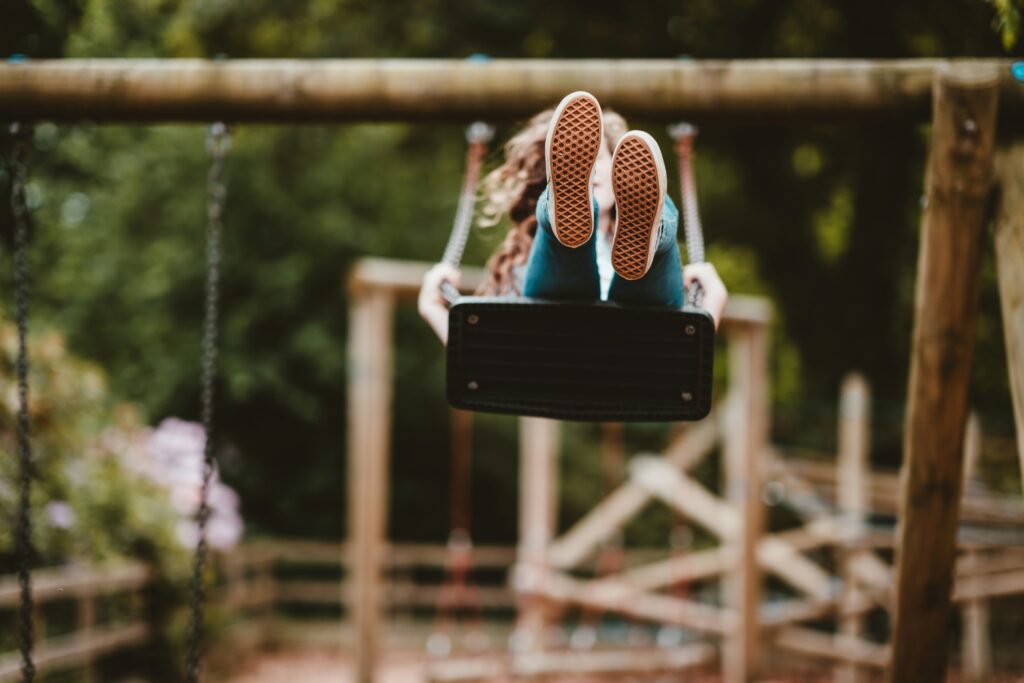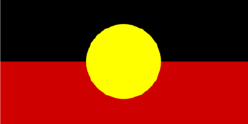The National Centre’s vision is a future without child sexual abuse. Children living with disability are one of Australia’s most ‘at-risk’ populations, yet little is being done to safeguard them from sexual abuse. Today, on International Day of Persons with Disabilities we call for action.
How big is the problem?
It was recently estimated that 28.5% of Australians were sexually abused during childhood, and although we lack reliable prevalence data about the sexual abuse of Australian children experiencing disability, we do know that globally children with disabilities are sexually abused at higher rates.
Children living with intellectual disability are especially vulnerable to child sexual abuse due to their communication limitations (i.e., being non-verbal or minimally verbal) and high physical and behavioural support needs, including requiring assistance with intimate care (e.g., bathing and toileting) that is often delivered by an adult on a one-on-one basis.
The ways in which children with communication limitations can tell someone about being sexually abused are restricted. Behaviours that could be indicators of child sexual abuse are often misconstrued as ‘behaviours of concern’ which can result in behaviour management and restrictive practices. We know that in relation to child sexual abuse, adults may not believe a disclosing child, or question their motives or credibility. This is even more pronounced among children living with disability who disclose sexual abuse.
As estimated in the latest Survey of Disability, Ageing and Carers, 6.5%, or more than 300,000, Australian children aged 0-14 years old experience profound or severe disability.¹ We could conservatively estimate that a third, or more than 100,000 of these children are victims and survivors of child sexual abuse. However, we know that children with disability are more at risk of sexual abuse than the general child population, particularly because of their interactions with, and dependency on institutions, services and systems. This includes through the National Disability Insurance Scheme (NDIS), in which the care of children experiencing disability is regularly outsourced to multiple adults across different service providers.
[1] Children aged 15-17 are grouped with adults aged 18-24 in this dataset. The prevalence of severe and profound disability for these adolescents therefore cannot be reliably estimated.
Child sexual abuse complaints under the NDIS
The full roll-out of the NDIS began in 2016 and was operational in all states and territories in July 2020. The NDIS is predicated on the market expansion of disability specialist supports and services within a multi-billion-dollar industry, costing $36.7 billion in 2022-23 and an expected $41.9 billion in 2023-24.
The NDIS is an example of a system designed to support children but inadvertently increases the risk of perpetrators being able to harm children under the guise of providing disability support. There are several reasons for this, including insufficient safeguarding measures that give perpetrators access to children, and do not adequately limit the conditions conducive to child sexual abuse within NDIS service providers. For instance, children who receive agency-managed funding are supported by approved providers who have undergone employment screening. However, there is less regulation and oversight for children who receive funding according to plan-managed or self-managed arrangements. Disability Support Workers who do not have police clearances or working with children cards can still provide services to these NDIS participants.
The Australian government’s NDIS review and subsequent reforms have garnered media attention with its primary focus on reigning in financial expenditure. There is no public mention or commentary about the risk of sexual abuse (or other types of harm) to children. Besides recommending that all NDIS support providers be regulated in the future, the review and reforms did not specifically articulate any safeguarding measures to protect children from sexual abuse.
Beyond echoing the Royal Commission into institutional responses’ recommendation for nationally consistent reportable conduct schemes, the Disability Royal Commission failed to specifically address child sexual abuse in its recommendations and did not outline solutions to minimise opportunities of child sexual abuse within the NDIS. At a minimum, harmonised (or uniform), operational reportable conduct schemes are needed in all Australian jurisdictions to provide oversight and accountability.
The 2023 NDIS Quality and Safeguards Commission’s (the Commission’s) Regulatory Approach document clearly identifies the need to protect all NDIS participants from sexual violence and misconduct (including adults). However, they do not specify how this will be achieved for children. Action is needed because there is a problem that needs urgent attention.
The Commission’s performance reports that include the number of reportable incidents against NDIS service providers detail that 1,190 reports of unlawful sexual contact and sexual misconduct complaints were received in the 12 months between July 2023 and 2024. However, they do not specify how many of these relate to children. The report also references 1,649 reportable incidents against children in the same period but does not specify the nature of the complaints (i.e., whether sexual or not). There is also little, if any, information of how the Commission responded to the complaints of alleged unlawful sexual contact and sexual misconduct. The reported compliance and enforcement actions are not linked to incident type.
Where to next?
There is emerging data that the population proportion of child sexual abuse in institutions has decreased in recent years. This may not be the case for children experiencing disability who are at more risk of sexual abuse by adults engaged to provide care and support.
Although based on limited data, there is a compelling reason to believe that one of the settings in which children experiencing disability are being sexually abused is within the NDIS service delivery framework. A burning question remains – how can we prioritise children’s safety and well-being when they are financially commoditised within the NDIS service delivery framework?
Overall, the risk of sexual abuse to Australian children living with profound or severe disability remains ignored and minimised compared to non-disabled children. They are largely invisible, and not prioritised, in research, response, and prevention efforts.
Co-ordinated and sustained action to prevent and address the sexual abuse of children with disability is urgently needed. We call on the Australian government and the NDIS Quality and Safeguards Commission to prioritise and urgently address the existing risks in the current system.
Australia’s efforts to meet global targets articulated in the United Nations’ Sustainable Development Goals for those with disabilities are behind. We must do better, and in all our actions we must also ensure that Australian children with disability, like all children, can live free from violence.
Watch the National Centre’s In Conversation to learn more about the experiences of child sexual abuse for people with disability.
References:
- Children aged 15-17 are grouped with adults aged 18-24 in this dataset. The prevalence of severe and profound disability for these adolescents therefore cannot be reliably estimated.










